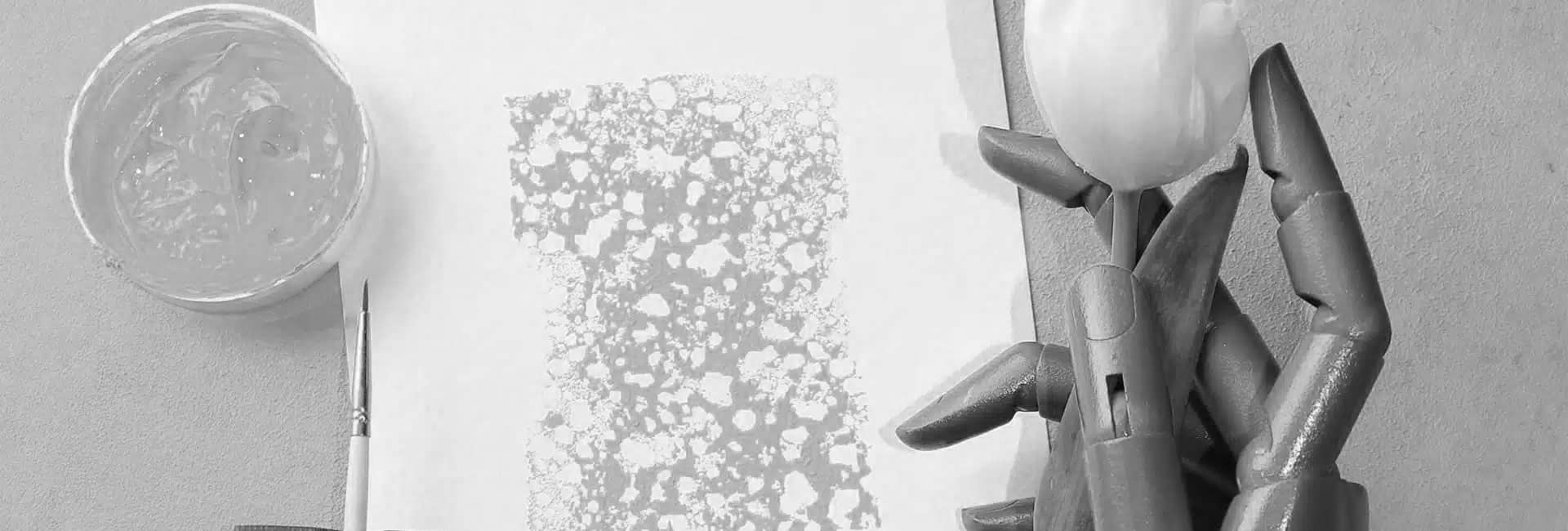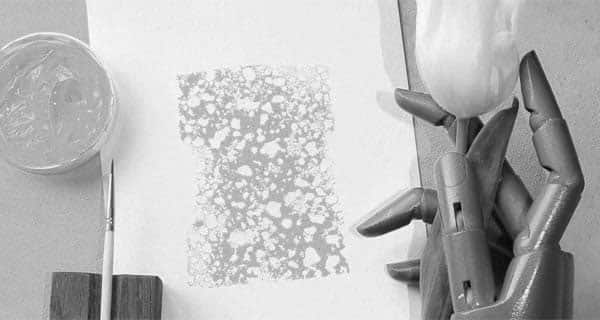
Used under a Creative Commons Licence
Is AI Stealing Your Style? Navigating Copyright in the age of AI
Artists are concerned.
In an advancing world of technology, one question stands out: Is AI reshaping the boundaries of art and copyright? The answer is a straightforward “Yes.”
Picture this: As an artist, you’ve spent years developing a unique style, only to find that anyone can now use AI to replicate your work with a click, potentially leaving you without credit or compensation. Or, as a business, you might use AI-generated visuals for a campaign, assuming they’re free to use, only to discover that the AI’s output may have infringed on someone else’s copyright. These scenarios highlight the challenging intersection of AI, art, and copyright law in Australia.
You may have heard of tools like Stability AI, Midjourney, and DeviantArt. These platforms have sparked intense legal debates, with artists arguing that these companies have “mined” their work to train AI models, resulting in new creations that closely mimic the originals. Multiple lawsuits have emerged, with artists claiming copyright infringement and AI companies defending their position by asserting that the art is transformative, not a copy.
The Art of Law: How AI Challenges Australia’s Copyright Rules
Whether or not AI-generated content is transformative remains to be seen, but one thing is certain: The stakes are high. So, let’s explore who holds the rights to AI-generated content and examine the copyright implications.
Starting from the basics, under Australian law, the Copyright Act 1968 clearly states that copyright only protects original works created by humans. While this doesn’t apply to animals or machines (who can forget the famous case of the monkey selfie?), copyright protection in Australia is automatically granted when a person creates an artistic, literary, or musical work.
However, when machines like AI systems enter the picture, things become far less straightforward. AI systems are trained using vast datasets, which often contain copyrighted material sourced from the internet. This raises the question: Does the content AI generates infringe copyright? While there is no definitive answer yet, some global trends provide insights into this question.
AI vs. Artists: Who Gets Credit?
Now that we’ve covered the basics of Australian copyright law, let’s look at a recent, influential case in Germany: Kneschke v. LAION. In this case, Robert Kneschke, a well-known German photographer, filed a lawsuit against LAION e.V., a German non-profit organisation that creates large, open datasets like “LAION 5B,” used to train AI models.
Kneschke claimed that LAION included his photographic images in its dataset without his consent and demanded their removal. Filed in April 2023, the case challenges the legality of using copyrighted works without permission, raising questions about the need for consent and potential compensation models for creators.
At the first hearing in July 2024, the Hamburg Regional Court examined how copyright law applies to text and data mining for AI training purposes. Under German law, data mining is allowed for commercial purposes, but only under strict conditions. LAION argued that its actions fit this exception, stating that it only uses metadata, text data, and URLs. However, this argument raises complex copyright questions, which the court addressed in several important ways.
As the court considered these issues, it focused on whether LAION’s partnerships with commercial AI entities like Stability AI compromised its non-profit status. This distinction was key because only non-commercial research entities qualify for certain copyright exceptions. Additionally, the court assessed whether training AI models on copyrighted images constitutes reproduction under copyright law. Finally, they debated the possibility of allowing creators to opt out of having their works included in AI training datasets, a move that would give artists greater control over how their work is used by AI systems.
What Happened in the LAION Case?
Ultimately, the Hamburg Regional Court ruled in favour of LAION. It found that Kneschke’s copyright infringement claim did not hold, as LAION’s use of the images was covered by statutory limitations under German law. LAION was still considered a non-commercial research organisation due to its open-access approach, which made its datasets freely available to all.
Back to Australia: What’s Next?
Shifting back to Australia, it seems that we have not yet directly tackled AI copyright issues, leaving unresolved questions around ownership, consent, and market impact. For instance, who holds the copyright to AI-generated works—the developer of the AI, the user who inputs the prompts, or no one at all? Additionally, if copyrighted materials are used to train AI without permission, should original creators be entitled to compensation?
Would clients still commission unique art from an artist if AI can produce similar work at a fraction of the cost? This raises critical questions for artists and businesses alike: How can artists protect their work, and what legal standards apply to AI-generated content? These are all good questions at the top of artists’ minds.
At Sharon Givoni Consulting, we help artists and businesses navigate these complex issues. For artists, we offer strategies to protect work from unauthorised AI use, provide advice on copyright infringement claims, and assist with licensing. For businesses, we provide guidance on legally using AI-generated content, ensuring compliance with copyright laws, and clarifying ownership rights.
As you can see, understanding the legal implications of AI-generated content is really relevant to creators and users and we’re here to help.
Please note the above article is general in nature and does not constitute legal advice.
Please email us info@iplegal.com.au if you need legal advice about your brand or another legal matter in this area generally.


